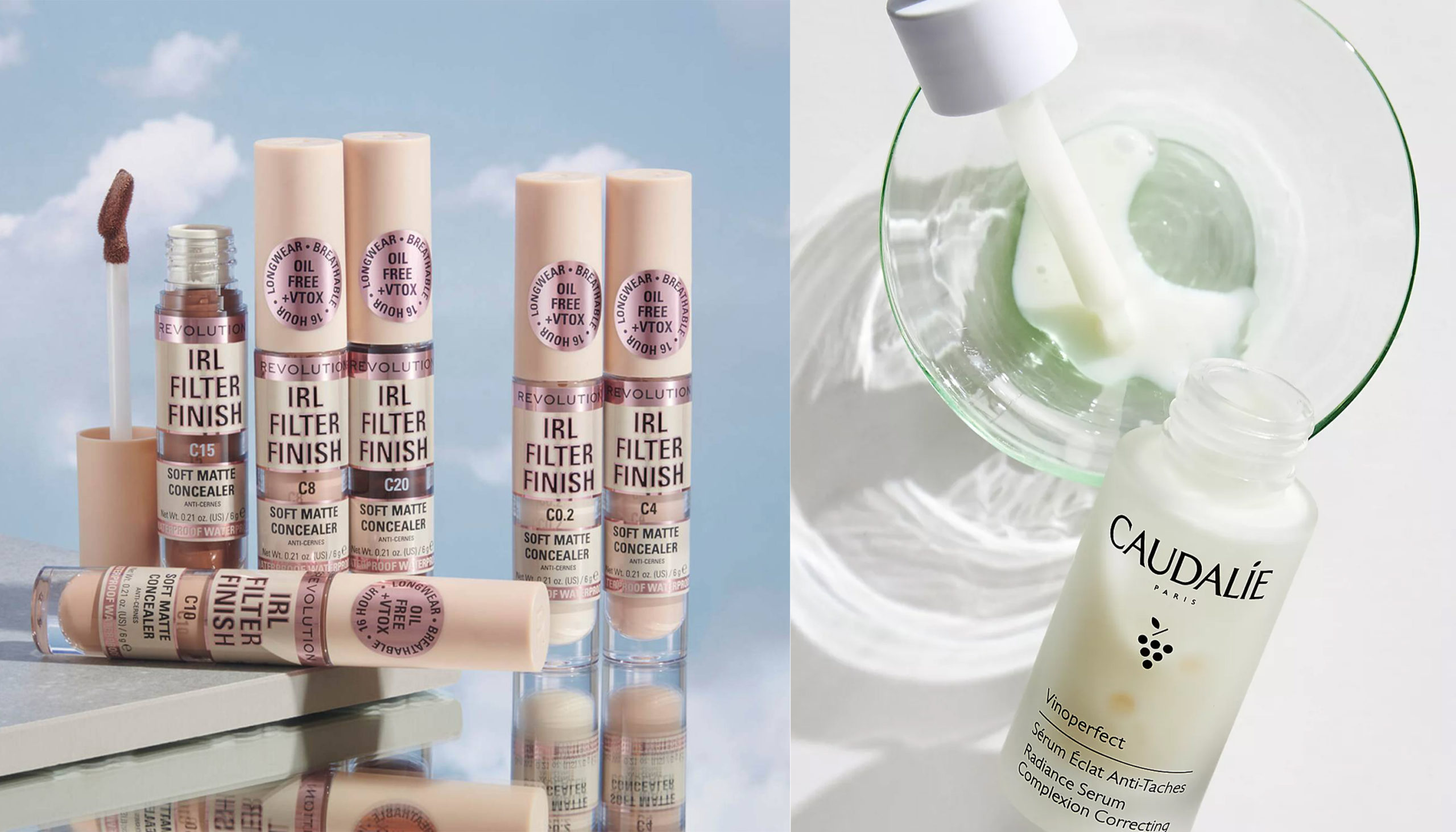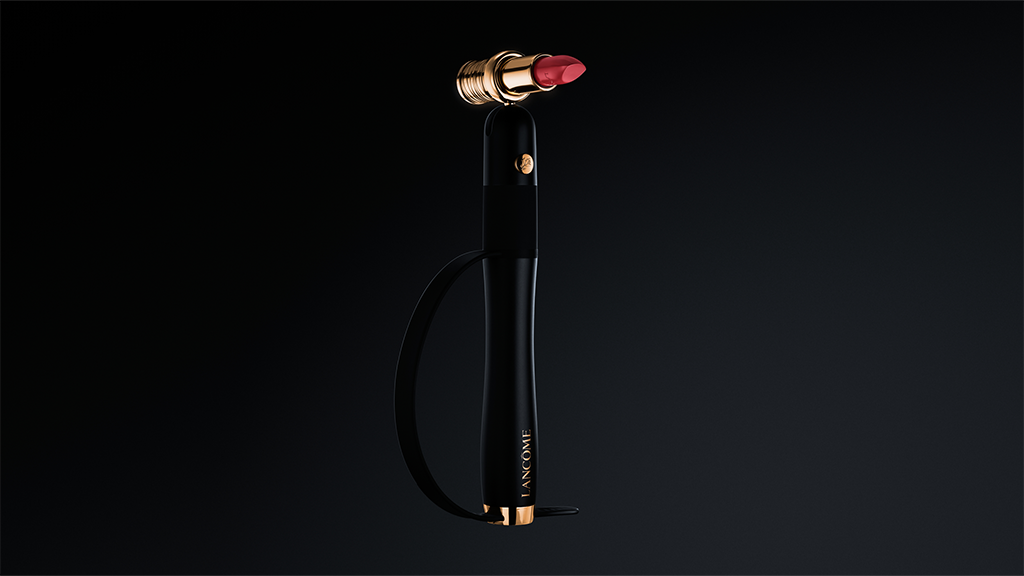The beauty industry has a long history behind it, but Max Factor’s influence—the makeup artist responsible for creating the first available products outside of the movie industry—dates all the way back to the early 1900s.
The Makeup Museum, which just opened in the Meatpacking District of New York City in late August, is collaborating with the Hollywood Museum to release never-before-seen videos about Max Factor’s life. The seven videos, which are narrated by Donelle Dadigan, president and founder of the Hollywood Museum, portray everything from his unique makeup and hair techniques to the very first products he ever ideated.
The video series begins with a rundown of Max Factor’s roots: In 1914, he emigrated from Russia to Los Angeles to escape the revolution and attempt to spread his beauty expertise through the film industry. After a few months, “He did what was unheard of in that he pretty much created the look of every movie star in Hollywood’s golden era,” says Dadigan in one of the videos.
“He always would say that everyone was born beautiful in their own way,” says Dadigan. “But it took Max Factor to bring out their true beauty and enhance it to their greatest degree.” Known for their baked blushes and lengthening mascaras, his brand still exists today with the same uplifting message.
Outside of creating his own line, Max Factor did something very important in the beauty realm: he changed culture for professional women, aka “Those of us who had jobs but were not professional to the entertainment industry,” says Dadigan in another video. “He made it okay for us women to wear a little bit of makeup so that we would look our best without being called and labeled ‘hussies,’ the popular word in the 1930s for a prostitute.”
What we found the most unique when watching these videos was the way that Max Factor styled his A-List client’s—think Lucille Ball and Joan Crawford—hair. He had specific styling rooms for blonds, brunettes and women with red hair, so he could perfect each of their styles for the screen.
“When the invention of technicolor film came into being in the mid-1930s, Max Factor could no longer approximate colors by using shading from dark to light, he now had to become realistic, hence why these world-famous rooms each had color combinations distinctly different from each other.” These combinations helped him to see what their hair would look like on camera, a groundbreaking discovery for those times.
For a closer look at all seven videos, head over to @makeupmuseumofficial on Instagram.

















